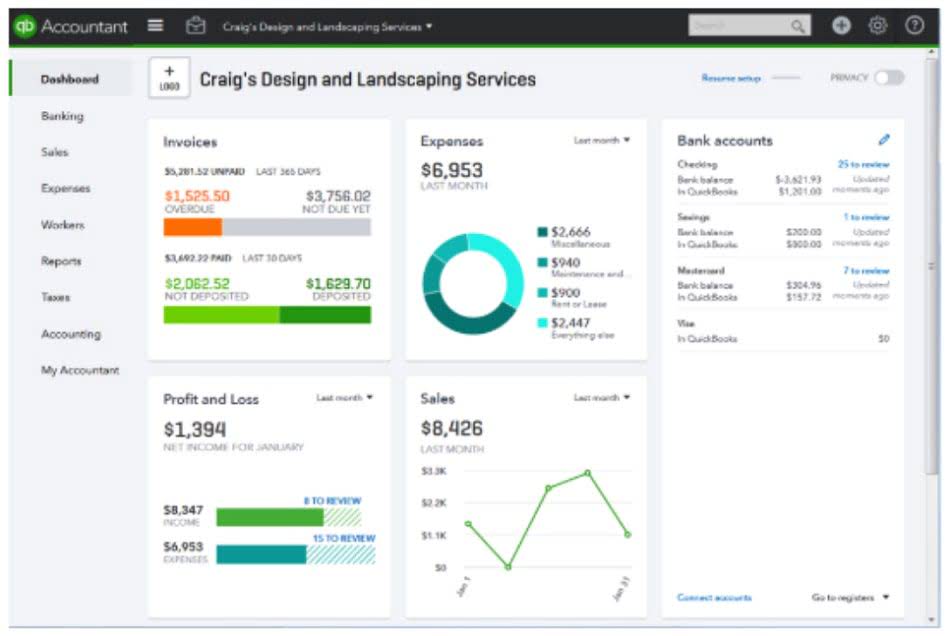
The other half of the HVAC Bookkeeping COGM formula accounts for the work in process or WIP Inventory. WIP is a current asset in the company’s balance sheet and represents the total value of all materials, labor, and overhead of unfinished products. COGM is a critical component of profit and loss statements and measures the cost of producing and selling a product. By comparing the COGM to the revenue generated from selling the product, a company can determine its gross profit margin and assess its financial performance. COGM represents the total cost of the products that have been manufactured and are ready for sale, excluding the cost of finished goods that are still in inventory. Conversely, COGS represents the cost of the products sold to customers during a given period.
- Calculate COGM by adding the costs of direct materials, direct labor, and manufacturing overhead incurred during production.
- At the start of the year, the work-in-process inventory was $150,000, and it increased to $250,000 by year-end.
- It provides a comprehensive view of production costs, crucial for pricing, budgeting, and financial analysis.
- As we have seen, the total manufacturing cost and cost of goods manufactured are very similar metrics.
- Calculating COGM correctly is the first step in running a successful business.
Unifying All Production Costs in One System

The cost of goods manufactured is the money spent on materials and labor for a given period’s output. Investing in leadership development ensures that your managers and team leaders are equipped to handle various aspects of the manufacturing process. Strong leadership helps in better planning and execution, reducing overhead costs and improving overall production efficiency.
- This requires keeping track of your income, expenses, sales, and production.
- Typically, businesses whose principal line of business is manufacturing create a separate schedule to calculate the cost of goods manufactured to determine their cost-effectiveness.
- This is all about the people who are hands-on in the production process.
- For example, a company can use COGM to determine the minimum selling price needed to cover the cost of producing a product and generate a profit.
- It refers to a report that details a business’ total manufacturing costs over a specific time frame.
- COGM is calculated by adding the beginning work in process inventory to the total manufacturing costs incurred during the period and subtracting the ending work in process inventory.
- COGS is a financial accounting measure representing the direct costs of producing and selling goods.
Can You Explain the Difference Between COGM and COGS?

Trained workers can handle complex tasks, reducing errors and wastage in direct materials and direct labor. This leads to a more efficient production process and lowers the total manufacturing cost. This one’s a bit tricky because it includes all the other stuff that’s not direct materials or labor. It’s like the rent for your factory, the utility bills, and even the depreciation on your machines.

Step-by-Step Guide to Calculate the Cost of Goods Manufactured (COGM)?
This will provide you with much-needed clarity that helps internalize the calculation process. With built-in formulas and fields, a COGM calculator template facilitates quick data entry and instantaneous results. This tool is crucial for businesses that prefer a straightforward approach and may not be ready to invest in more complex ERP systems. Yes, COGM impacts the income statement by influencing the cost of goods sold and ultimately the company’s profit.
Don’t hesitate to calculate it regularly retained earnings balance sheet and use technology to ease the process. The Cost of Goods Manufactured (COGM) is the total cost incurred by a company to produce goods during a specific period. It represents the sum of direct materials, direct labor, and manufacturing overhead costs for items that move from the production line into finished inventory.
Aids in Finding Financial Losses
- We follow strict ethical journalism practices, which includes presenting unbiased information and citing reliable, attributed resources.
- Finance Strategists has an advertising relationship with some of the companies included on this website.
- For example, if you run a food business, your raw material costs might include expenses for raw ingredients like rice, flour, or packaging materials.
- Don’t forget to take employee payment agreements and overtime expenses into consideration.
- Examples of manufacturing overhead costs include utilities, rent, insurance, depreciation, property taxes, and equipment maintenance.
- Along with that, the ultimate objective of any business is profitability.
The schedule of cost of goods manufactured is a valuable document that includes all the production-related costs in one place. It gives you a complete picture of what went into manufacturing during a specific period. Manufacturing overheads represent indirect costs that are necessary to support production, but they can be tricky to track. Unleashed manufacturing inventory cost of goods manufactured software simplifies and accelerates the calculation of COGM by automating data capture, leading to more accurate and timely insights into manufacturing costs. If any accrued manufacturing costs haven’t been paid yet but have been incurred during the period, they are credited in this entry.

